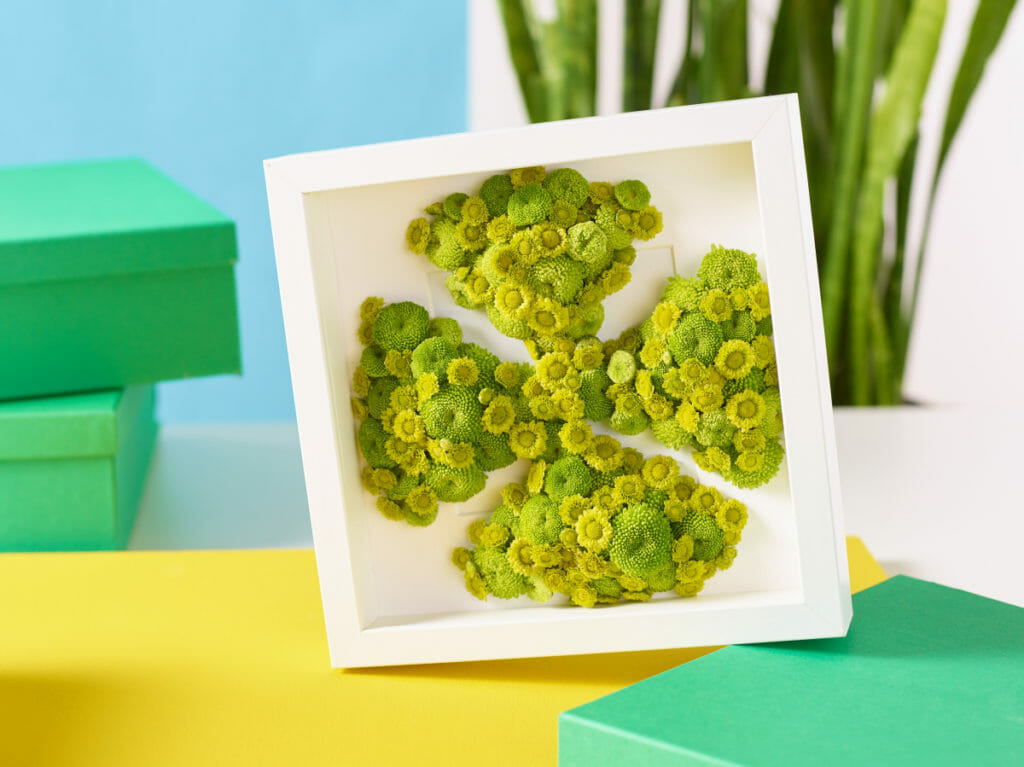Symbolism
Chrysanthemums are adored all over the world. They symbolise a long and happy life. Chrysanthemums have been revered for centuries in Asia, and there is even a town in China named after the chrysanthemum. Read more about the symbolism of this versatile flower with a rich history below, and be inspired to create a bouquet packed with meaning!

